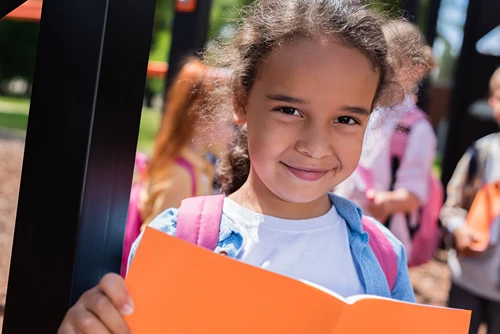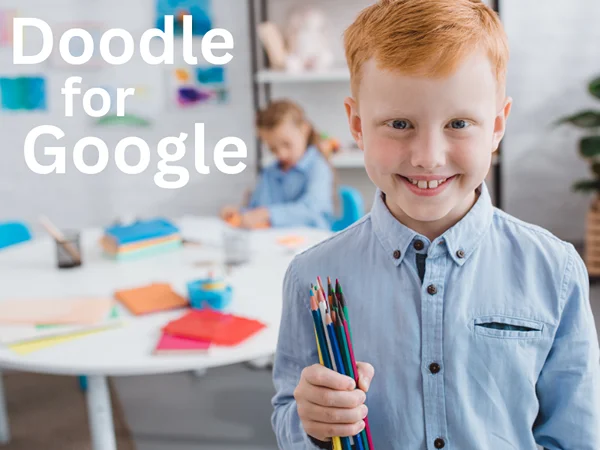Tracking Where Your Child Has Been: iPhone Location Data Explained
For most parents, knowing where their child is brings a sense of safety. Smartphones have made that possible — but sometimes, a live location pin isn’t enough. Maybe your child went somewhere unusual and forgot to mention it.
Maybe they’re not answering and you just want to retrace their path. That’s when the iPhone’s built-in location features quietly become incredibly helpful. Most people don’t realize this, but iPhones collect something called location history. It’s a record of places the phone has been, similar to how online games show a player’s movement trail.
In some multiplayer games, you don’t just see where a teammate is — you can see where they were a few moments ago. The same principle applies here, except it’s the real world, and the data’s already sitting on the phone. This information comes from what Apple calls “Significant Locations.”
These are places the iPhone has visited and stayed for a while — like home, school, or a familiar coffee shop. The phone gathers this data using GPS, Bluetooth, Wi-Fi networks, and nearby cell towers. Apple stores this history locally on the device and encrypts it, making it visible only after unlocking the phone with Face ID, Touch ID, or the passcode.
Why Past Locations Matter
Some might ask — isn’t live tracking enough? In many cases, no. Real-time data is helpful, but it doesn’t show patterns or answer questions after the fact. What if a child took a different route home? What if something doesn’t match their story? Access to location history allows parents to fill in the blanks and have better-informed conversations.
Here’s what this feature can help parents understand:
- Whether their child has visited unfamiliar or possibly unsafe places
- How much time they’ve spent in one spot — like a friend’s house or the mall
- Whether their claimed movements match the data on the phone
It’s not just about discipline or suspicion either. This history can be useful when a child loses their phone or forgets where they’ve been — like checking a quest log in an adventure game to find the last checkpoint.
How to Access iPhone Location History
Apple doesn’t talk much about this feature, but it’s easy to locate:
- Open Settings
- Go to Privacy & Security – Location Services
- Scroll down to System Services
- Tap Significant Locations
You’ll be prompted to unlock the device. After that, you’ll see a list of cities and specific addresses the phone has logged, complete with timestamps. It’s surprisingly detailed. Some parents have described it as a breadcrumb trail that helps them parent more confidently in today’s digital world.
Using It Thoughtfully
Tracking features can feel invasive, but when handled carefully, they can support healthy family communication. It’s less about spying and more about understanding. Families that talk openly about these tools tend to use them more successfully.
Location history can be useful for:
- Starting conversations about daily routines
- Encouraging honesty around screen time and social habits
- Building trust without needing constant live tracking
It’s similar to how teams work in online games — if everyone knows the recent moves, they make smarter choices. The same principle applies at home.
What to Watch Out For
Still, there are a few catches. The feature only works if the phone is:
- Turned on
- With your child
- Not restricted from logging data
If location services are off or battery-saving features are running, tracking may be inaccurate or incomplete.
Other limitations include:
- Airplane mode or poor reception can block updates
- Manual deletion of history is possible
- Low battery may limit GPS tracking
That’s why it’s helpful to pair digital tracking with regular check-ins, just to avoid relying on the phone alone.
When Extra Tools Might Help
For families looking for additional tracking options, third-party apps like Life360 or Find My Kids offer more detailed features. These include real-time alerts, arrival notifications, and even battery level updates. Interestingly, many of these apps still pull data from the iPhone’s core tracking systems — meaning they build on top of location history, not replace it.
Some apps let parents gamify the process, too. For example, giving kids points for arriving places on time or checking in — like earning achievements in a game. Used positively, it can turn tracking into a cooperative experience rather than a source of stress.
Is This the Right Tool for You?
Before using location history, ask yourself the following:
- Have you talked to your child about it?
- Are there clear agreements about how it will be used?
- Do you know the phone’s passcode or Face ID settings?
- Are iOS and location services fully updated?
If the answer is yes to most, this feature can be a useful addition to your parenting toolkit.
What If It’s Not Showing Anything?
Sometimes, parents check and find the history section is blank. If that happens, try this:
- Ensure Location Services are enabled
- Confirm that Significant Locations is switched on
- Check for recent iOS updates
- Verify the phone hasn’t been reset or wiped
If problems persist, Apple Support may be able to help — especially if it’s related to device settings or bugs.
In Closing
In a world where families are more digitally connected than ever, the real value often lies in the patterns — not just the live location dot. The question shifts from “Where is my child right now?” to “Where have they been — and what does that tell me?”
When used respectfully, location history can be more than just a feature. It can act as a quiet guide, helping parents notice trends, open up discussions, and make better decisions together. Like tracking your path through a game world, knowing where someone has been can change how you move forward — and help everyone play on the same team.
Read about the ultimate smartphone contract for kids.










